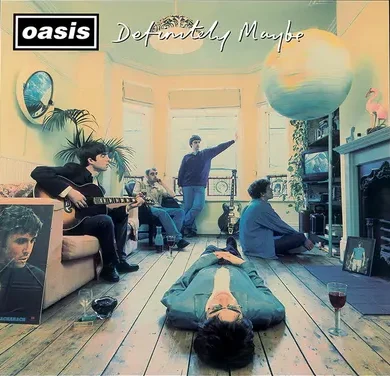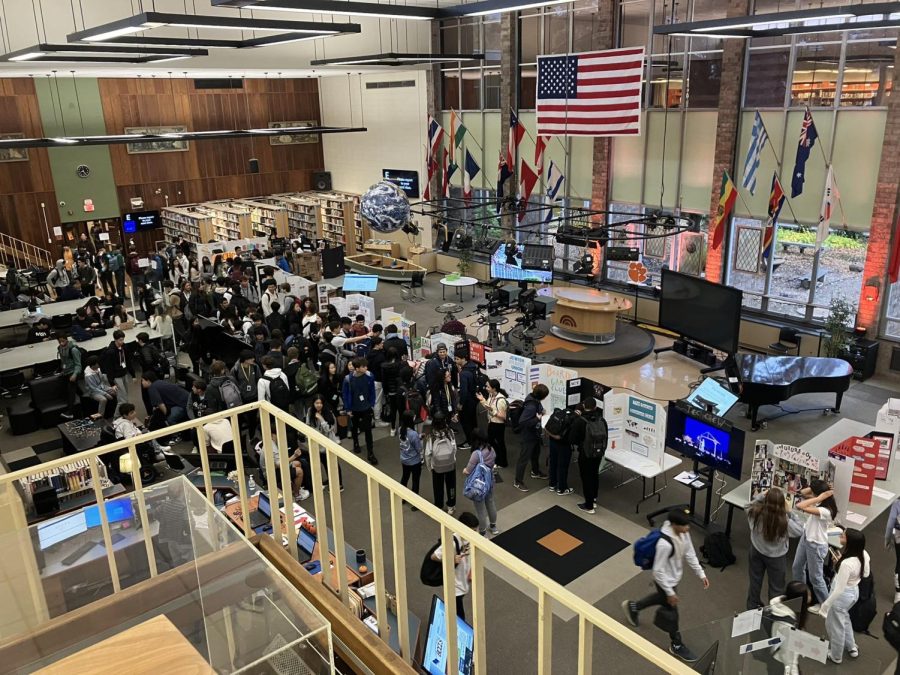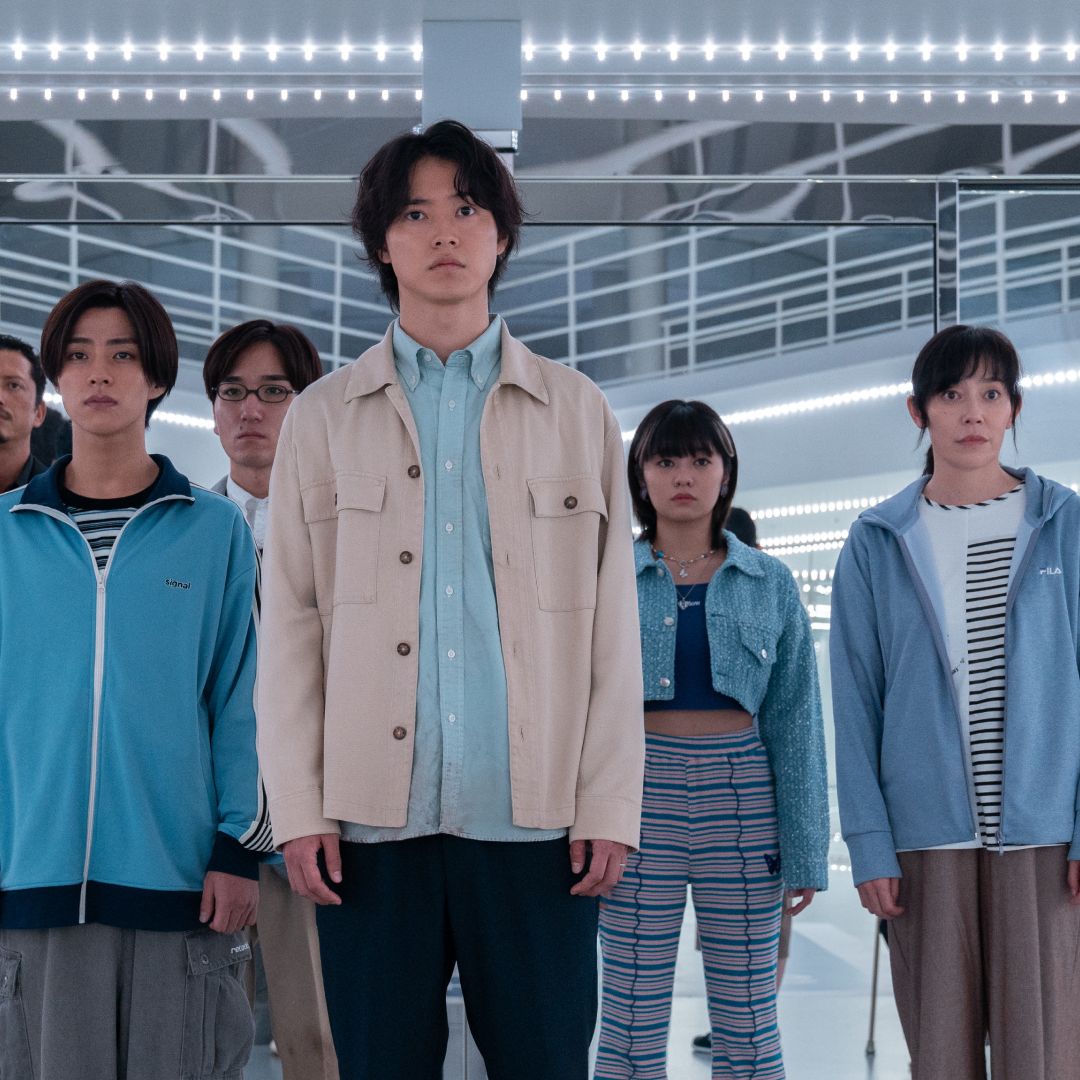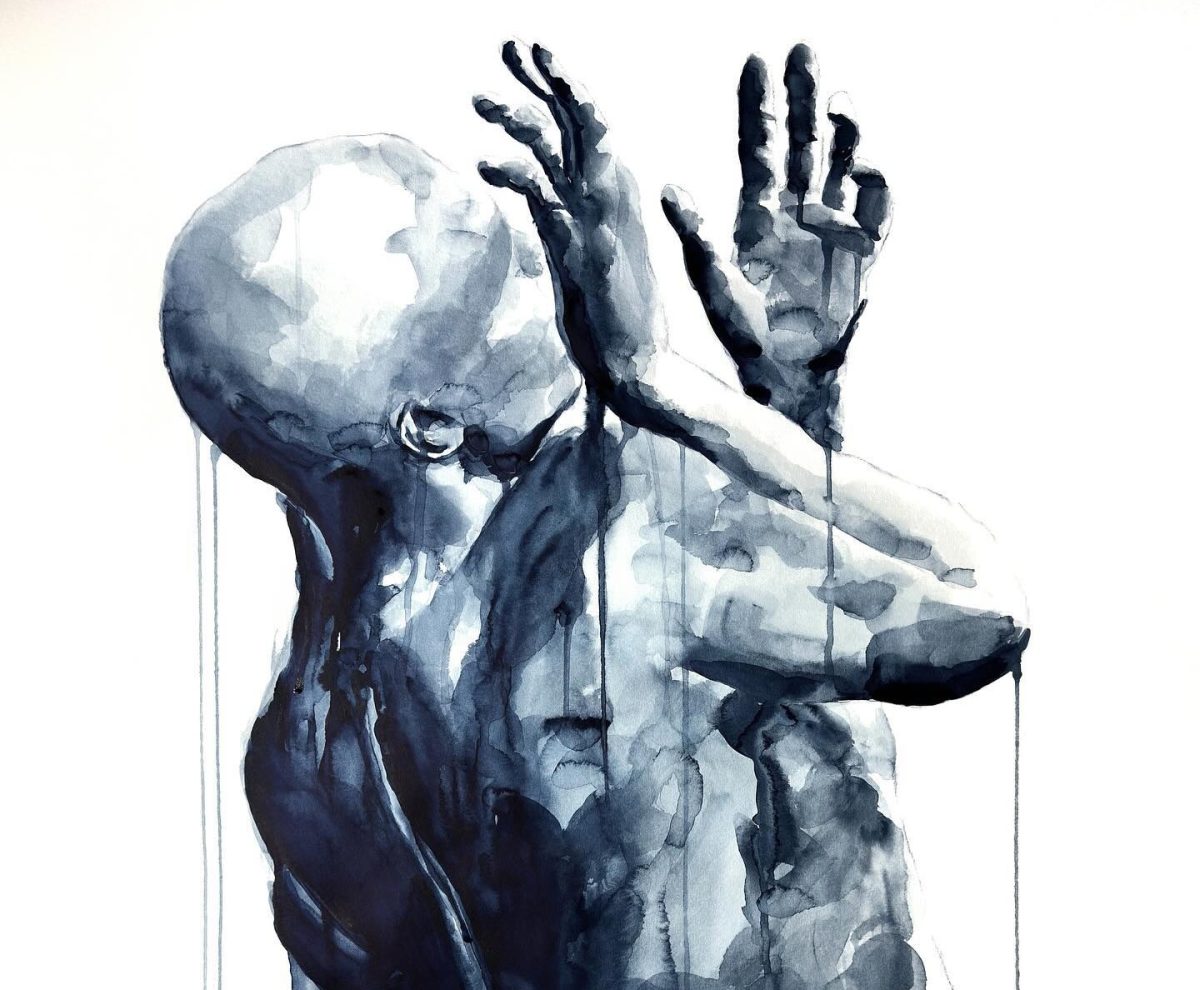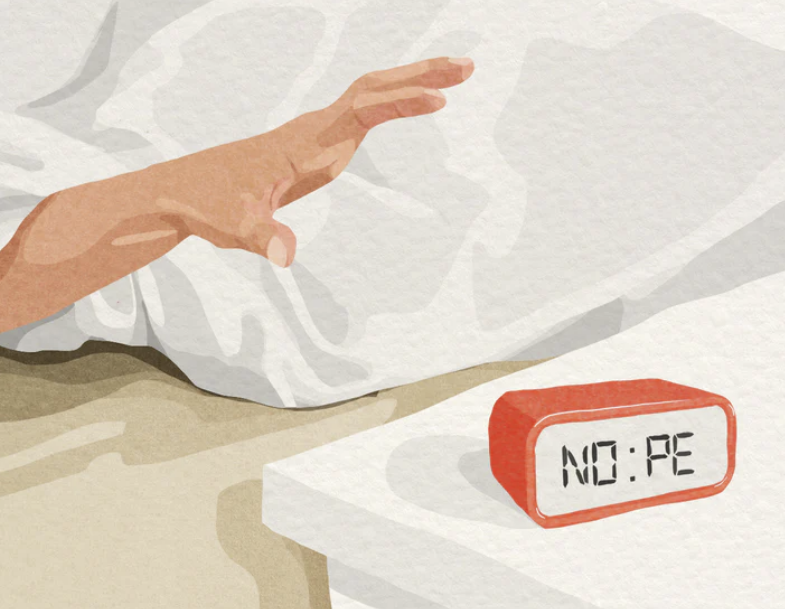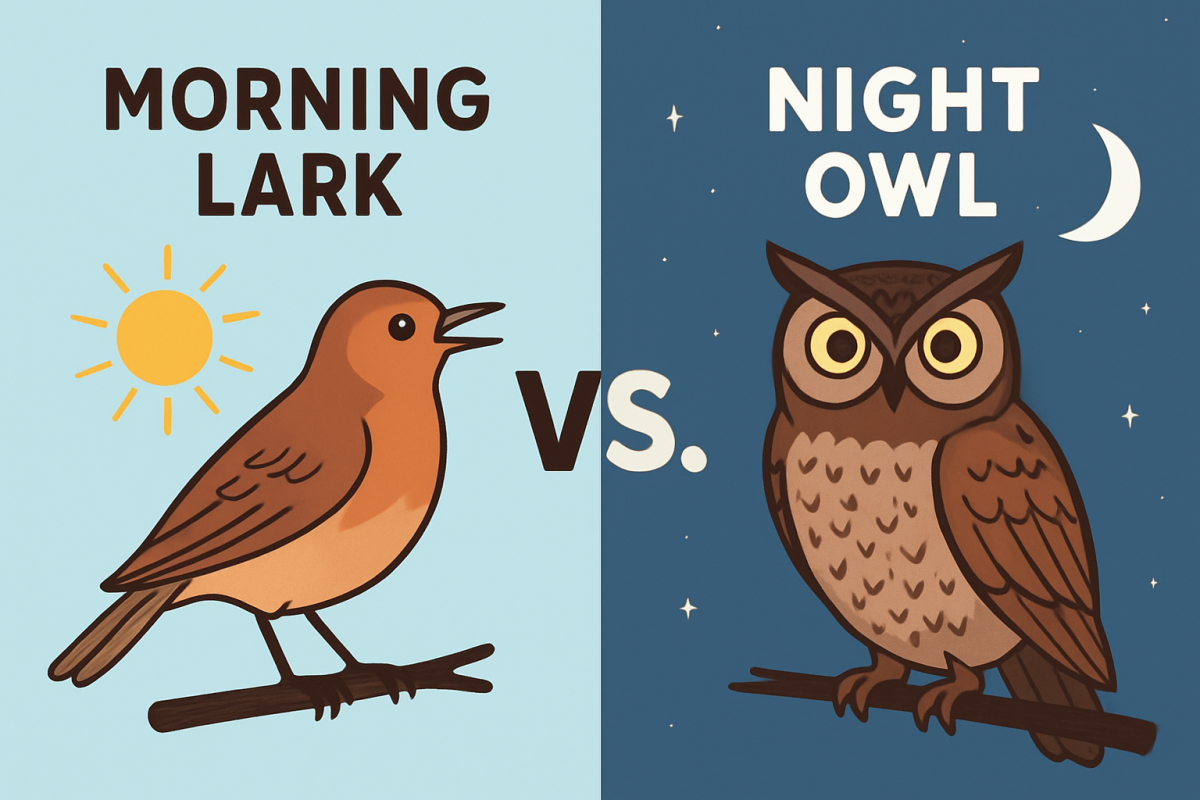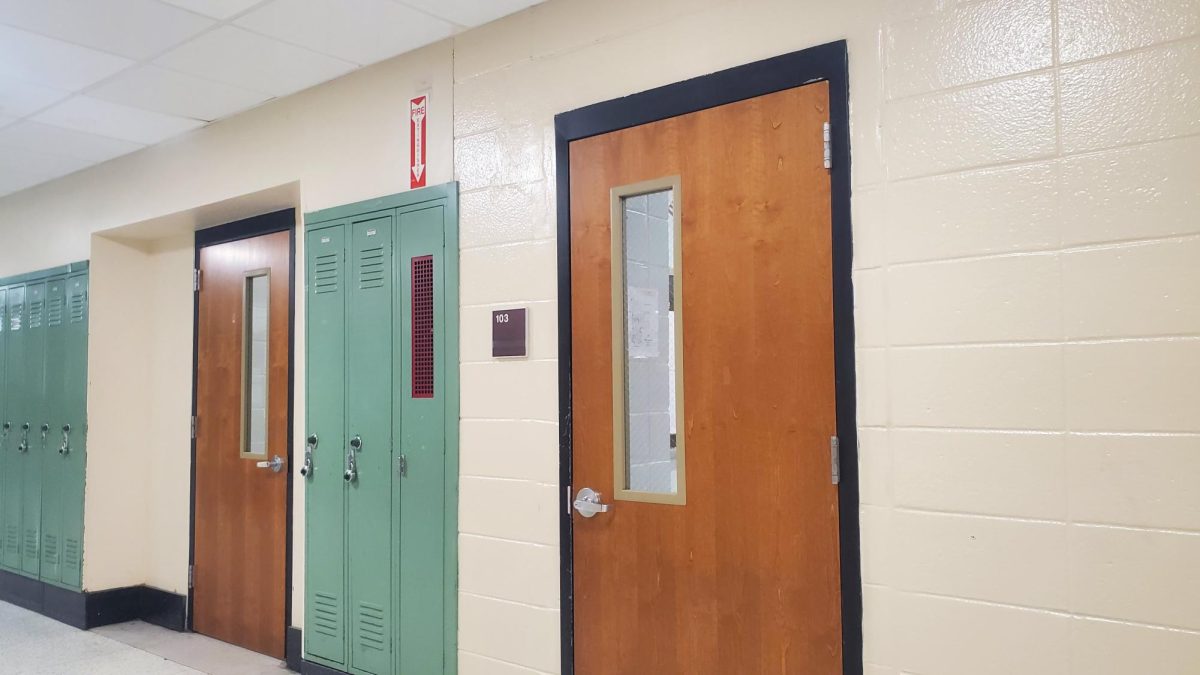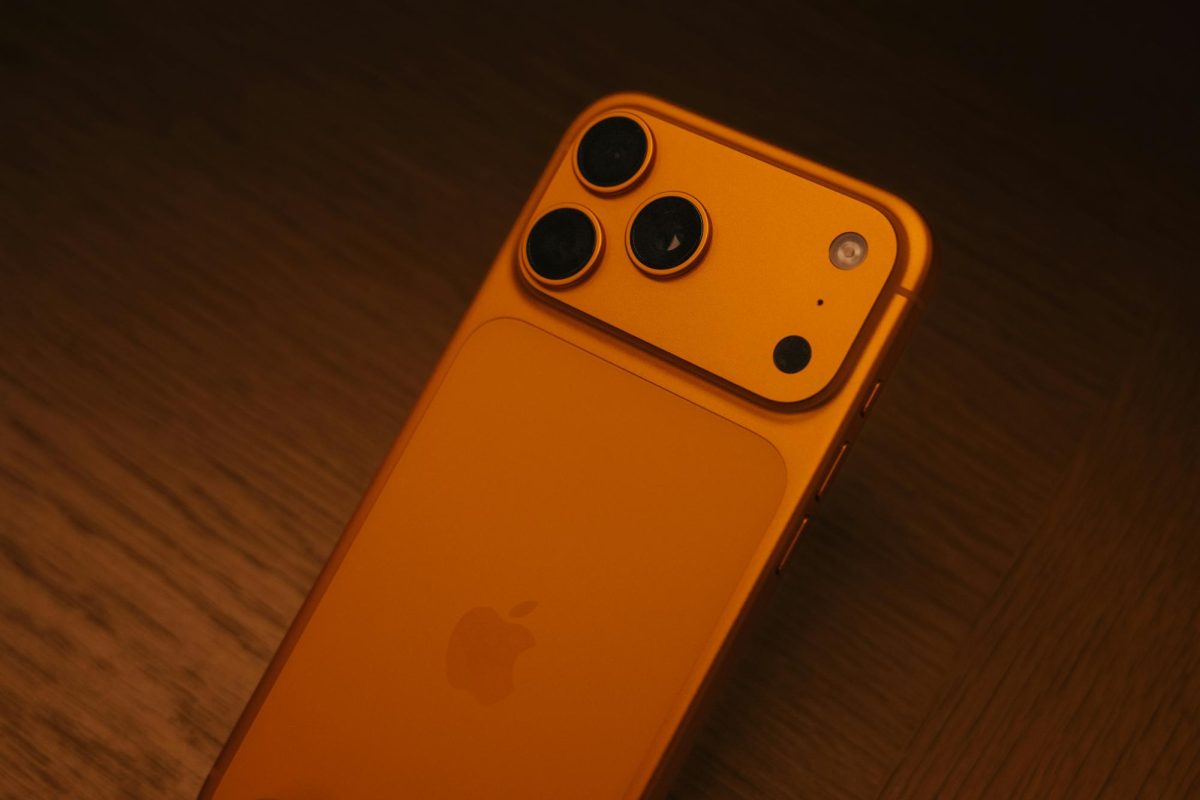Every year, Apple releases a new phone, and millions of people rush to buy it. The software is dissected, the price is debated, and the inevitable question resurfaces: do we really need another upgrade? For many of us, the answer is somewhere within the cycle of being trapped by buying things we don’t need, driven by marketing and societal pressure. For high schoolers in 2025, owning a new phone can be both practical and performative.
I know this because after school on the day the new iPhone was released, I sat in bed and bought the new iPhone 17 Pro. To be fair, I had a good reason: I don’t have the reflexes of a functioning human being. My old phone had been flung across the school hallways too many times to count, its battery life was terrible, and it randomly shut off at the most inconvenient times. So when Apple released its latest model promising longer battery life and new features, I caved. On a surface level, I upgraded because I needed a phone that worked.
But here’s the uncomfortable truth: it was my fifth new phone. As much as I tell myself the new iPhone was a necessity, I was intrigued by the three-camera design and the iOS 26 update, which features added battery charge time estimates, 3D lock screens, screening for incoming calls, a liquid glass design, and more, as reported by CNET.
What my phone says about me is complicated. On one hand, it says I have absolutely no respect for gravity, and I need an undamaged device for once. On the other hand, it says I’m willing to spend on the latest release even though my old phone, with all its scars, still technically worked. And I’m not alone. The average adult goes through 19 phones in their lifetime, according to Talker News. That number isn’t just about clumsiness or lack of attention; it’s about how quickly technology has become disposable.
When a laptop lags, people slam their fists on the keys in frustration. When a tablet can’t accommodate the latest apps, we grow impatient. When the design of a smartwatch looks old, it’s immediately replaced. This is where the performative side comes in. I bought the new iPhone because somewhere in the back of my mind, I wanted the new three-camera design, a lighter phone, and the little details that didn’t really matter, save for personal enjoyment. This increasing trend not only has a lingering effect on growing consumerism, but it also fuels waste and unnecessary anxiety. From environmental to social concerns, the trend of purchasing new things for the sake of it has become increasingly detrimental to society.
This trend is not coincidental. Every year, phone brands – not just Apple – release new phones, even though models from the previous year work perfectly well. A slight change of colors or a minimal change in camera position isn’t world-changing, but it’s still a change.
So, yes. We fall for it. Year after year. Because technology is growing at a faster rate than ever, and people are scared to fall behind. Buying a new device has become more of a status than a necessity, and society needs to rethink this cycle. Replacing a perfectly functional phone with a new one that barely differs from the original only fuels unnecessary anxiety and consumer culture.
Maybe my phone with a 5-hour battery life would’ve limped along a little longer if I had let it. But that’s the thing about technology today: it isn’t just what we need, but about what feels new. Of course, there are moments when upgrading is practically unavoidable. We definitely should not reject new technology, but we should ask ourselves whether a purchase is necessary or just a response to good marketing.
And sure, when “limping along” miraculously stops feeling like “falling behind,” the cycle of upgrades and purchases might just lessen. Until then, I’ll be here with my iPhone 17 Pro – although people do argue that it’s more delicate than the others – hoping it survives a few more lethal drops than the last one did.

























